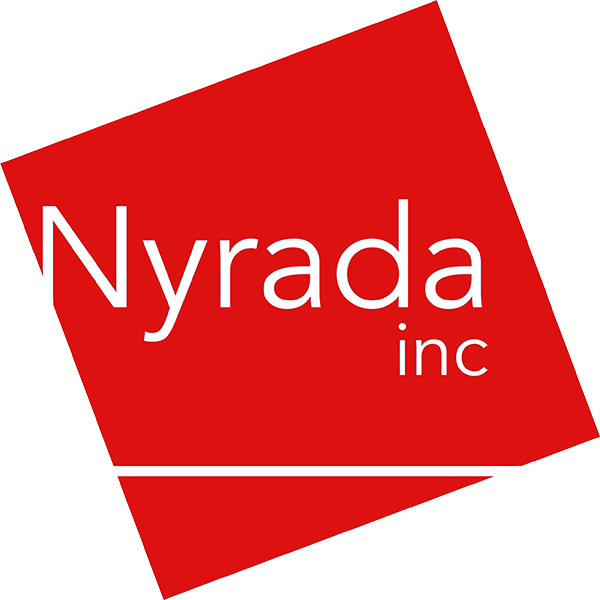Stroke
Stroke remains a leading cause of death and disability globally, affecting over 100 million people living with its consequences and approximately 12 million new cases annually. Stroke occurs when blood flow to part of the brain is disrupted, either by a blocked vessel (ischemic stroke, about 87% of cases) or by vessel rupture (haemorrhagic stroke, about 13%), depriving brain tissue of essential oxygen and nutrients. This interruption causes brain cells to die within minutes, resulting in irreversible primary injury.
Following primary injury, ongoing biochemical reactions extend damage outward, a phenomenon known as secondary injury. This secondary injury evolves over hours to days after the initial stroke, occurring primarily in an area called the penumbra. Unlike primary injury, the penumbra offers a potential therapeutic window; however, currently, no FDA-approved therapies specifically target this secondary injury phase.
Current stroke therapies are significantly limited. Alteplase (rt-PA), a clot-dissolving drug, is the only FDA-approved medication for ischemic stroke but must be administered within 3 to 4.5 hours of symptom onset limiting its utility. Other interventions include endovascular clot retrieval and decompression surgery to alleviate intracranial pressure.
Nyrada's lead drug candidate, Xolatryp, is a novel blocker targeting TRPC 3/6/7 ion channels, aiming to minimize secondary brain injury and subsequent cell death. The critical role of TRPC 3/6/7 channels in secondary injury has been validated previously in animal knockout models and through research-grade blockers. In preclinical studies, Xolatryp demonstrated significant neuroprotective effects, reducing the secondary injury area by 42% when administered continuously via intravenous infusion over three days.




